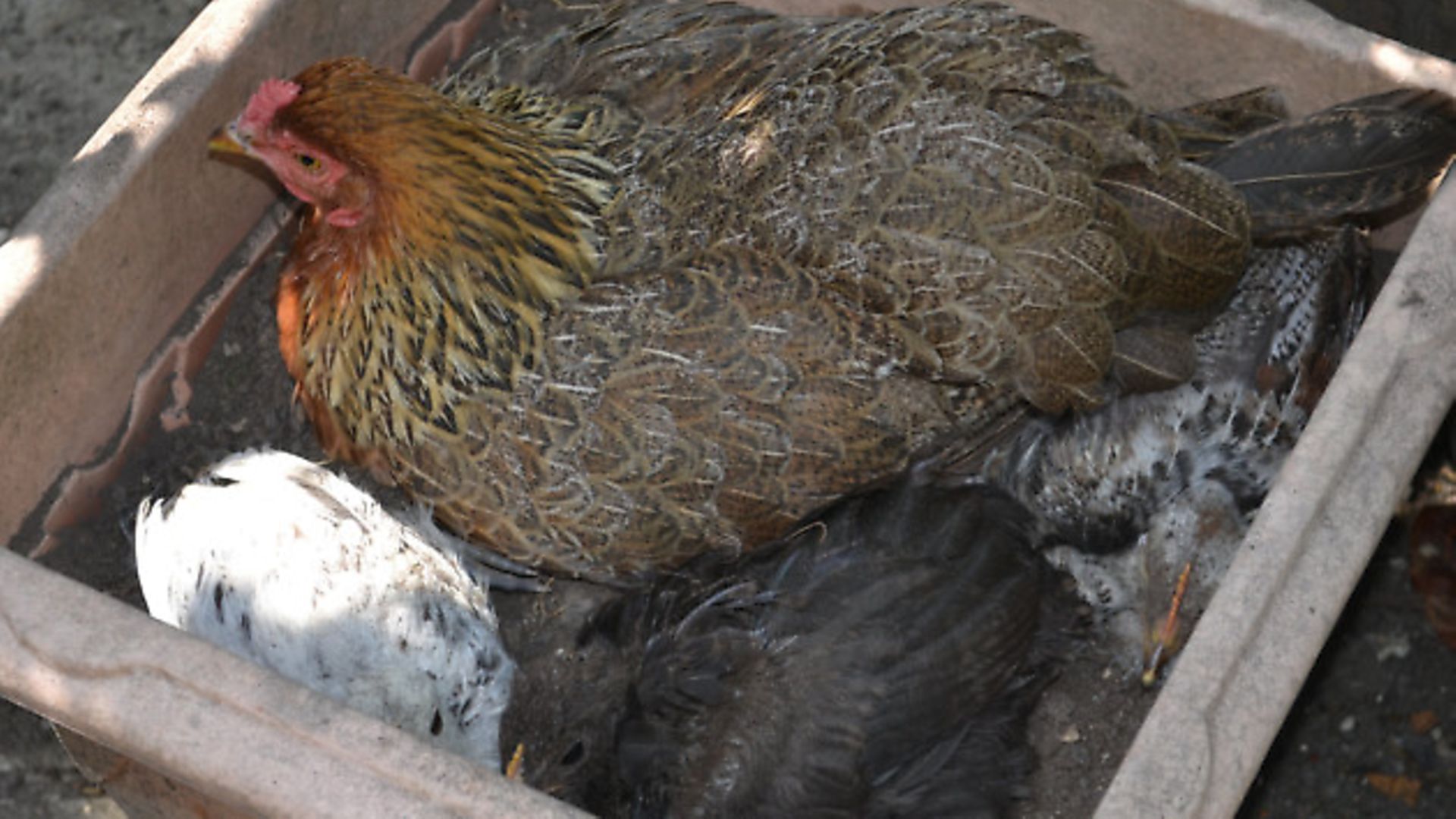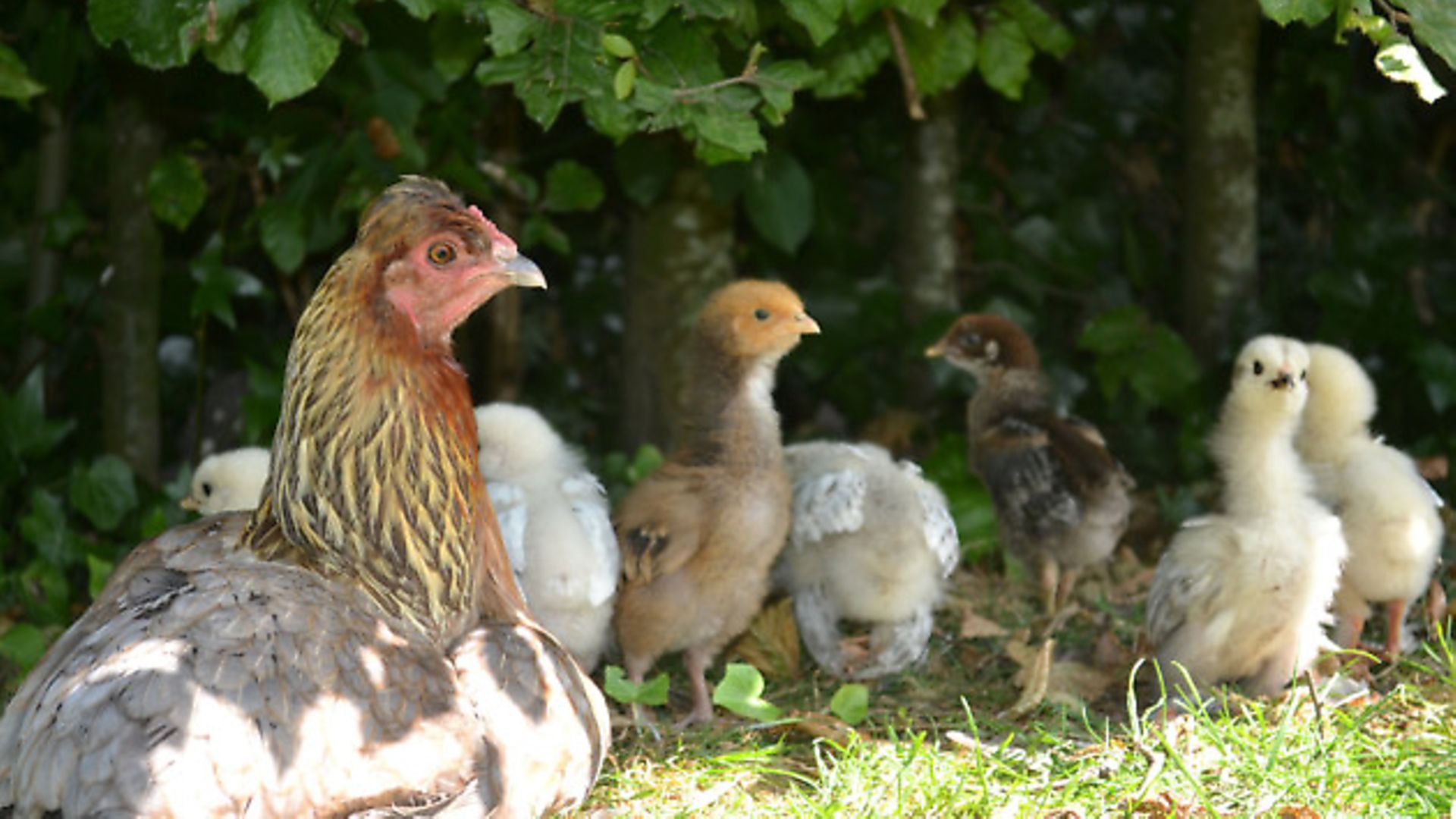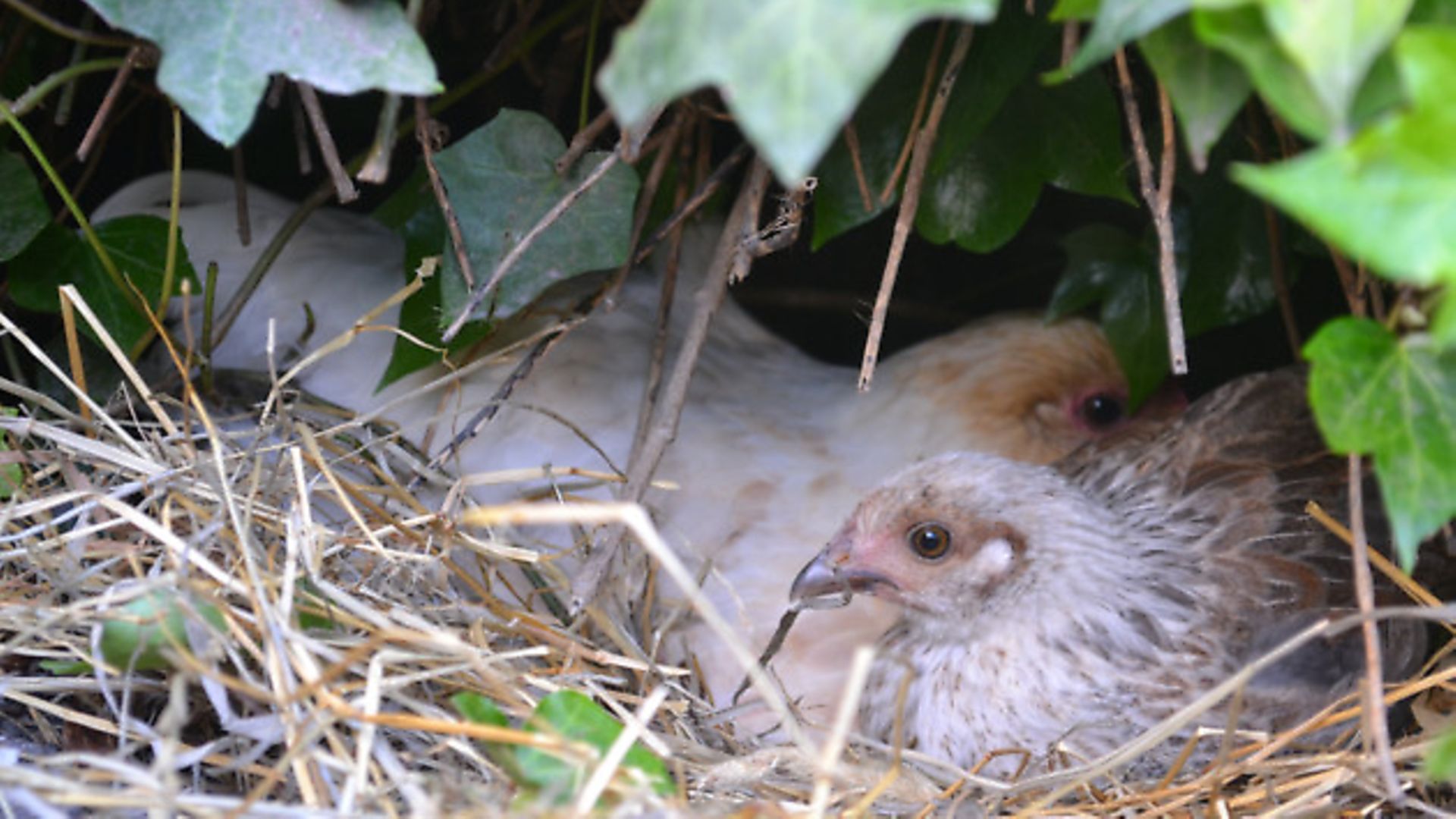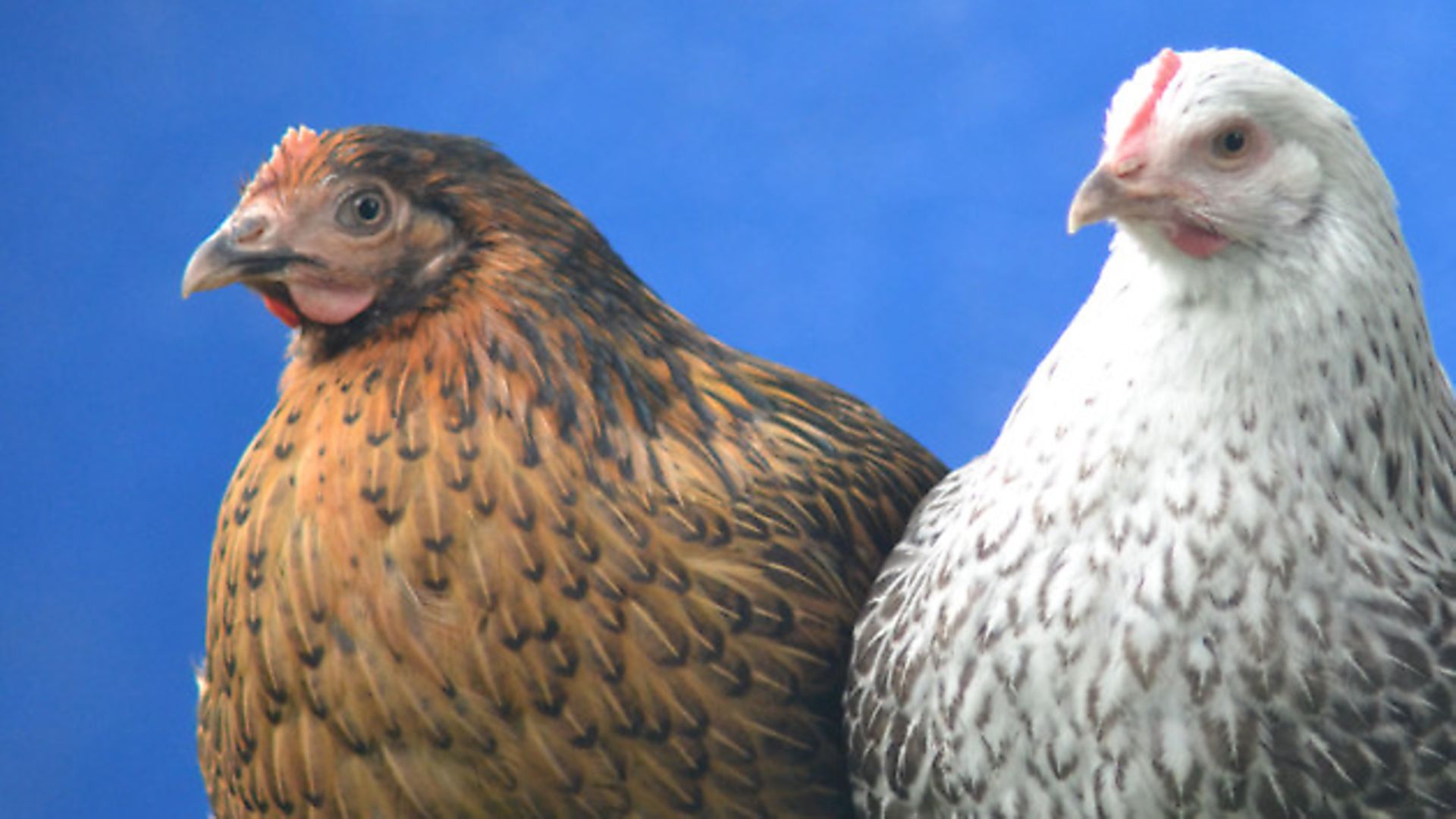Cold drinking water is really important for your birds in hot weather

This has been an amazing summer. My raspberries have been more prolific than ever and my hens have benefitted! My vines look as though they are going to produce more grapes than ever before – they may not turn out that sweet but I’m sure my flock will happily devour them. Cold drinking water is really important when it is hot and sunny and the problem is not only providing enough water but keeping it cool and out of the sun. If you have galvanised metal drinkers then the water can warm up very quickly – in the sweltering days we had in July as the sun beat down, the water became incredibly hot. Plastic drinkers are preferable in this sort of weather but keeping the water in the shade is hard as the sun moves round. Chickens drink a lot, (at least 300ml a day) and in hot weather, they tend to drink more just as we do! I did find myself topping up water containers frequently. I often have to clear poop off the garden path, using either a watering can or hose. Invariably some hens will turn up to drink the water as it trickles down the concrete which is slightly alarming as the water can be really dirty!
Thinking about hens in hot weather, they certainly seek out shady spots and their favourite area is under the raspberry canes which provide the perfect dappled shade. They also love getting under the beech hedge. Dust bathing is really important as this helps cool your hens down.
Mother hens, good and bad
OPHELIA

I think Ophelia is gaining a certain amount of notoriety in this magazine – she has definitely been mentioned more than any of my other hens and she does like to pose for camera shots.
She has produced eight chicks out of her second brood of the year – she has two Light Sussexes, four Lemon Pyle Brahmas, a gold laced Orpington and one Welsummer/Wyandotte cross – a rather delightful mixture of chicks and they are highly photogenic. She is just beginning to get restless again, though.
Gwen and her largely failed brood
Gwen, our gold laced Wyandotte did not do nearly as well with her 12 eggs. She didn’t sit on them very well and spent rather too long off her eggs (20 minutes is recommended in order for the eggs to cool down each day). Two of the eggs disappeared (she almost certainly broke them probably by mistake and then ate them). On the 21st day the chicks were not even cheeping in their shells and she just got off the eggs and abandoned them. I frantically put them under one of my Silkie Crosses, Sadie, who had just gone broody. I discarded several that were infertile. We were down to five eggs. Within two days the eggs started hatching – she was obviously not expecting this and one chick got squashed. We got four chicks but then found that two couldn’t stand and had very wonky legs; they did not survive. She has only two chicks out of 12 eggs but amazingly was happy to take on the task of caring for them.

Florrie broody again
Florrie is broody again and sitting on her own eggs which will be Orpington/Welsummer crosses. Her daughter, the very pretty Dulcie, (the one who you will have seen last month peeping out of from Mum’s feathers) still sleeps with her every night and stays close by during the day.
Charlotte shares a tip
Getting new hens
The autumn is a good time to get some new hens. Those who keep pure breeds will have stock available at this time as hens born in April and May will reach maturity in the autumn months. They will have decided which birds they want to keep for themselves and will sell off surplus stock. Pure breeds which have hatched in the spring may just come into lay in the autumn before stopping for the dark days of winter. Lack of light affects the ability of a hen to produce eggs. Hens in general start to lay at around 22 weeks although I often find it tends to be about 25 weeks. Some breeds mature more quickly than others.

Hybrids, bred specifically to be prolific egg layers, will start at around 20 to 22 weeks regardless of the time of year. Breeders who bring on hybrid hens will usually have these available all year round as the hatcheries are continually producing chicks (the male chicks are disposed of at birth and they then sell day old female chicks to agents). You will be able to buy hybrids when they are 16 weeks old which will give them time to settle into your garden before starting to lay. They are not available before 16 weeks as they are given a course of vaccinations against all major poultry diseases right up until the 16 week stage. Don’t forget to keep new birds separate for a few days, if you already have other hens, so that they can get used to each other and just in case there are any health issues.
Pointers to a hen that is at POL will be a warm red and well developed comb and an erect tail. A day or so before, she will start checking out the nest boxes and testing them for comfort and size. She may even sit for a while but not actually produce an egg! Don’t expect good-sized eggs though. Pullets will lay very small eggs to start with.
———————————
This article is from the October 2014 issue of Your Chickens
Image(s) provided by:
Archant







